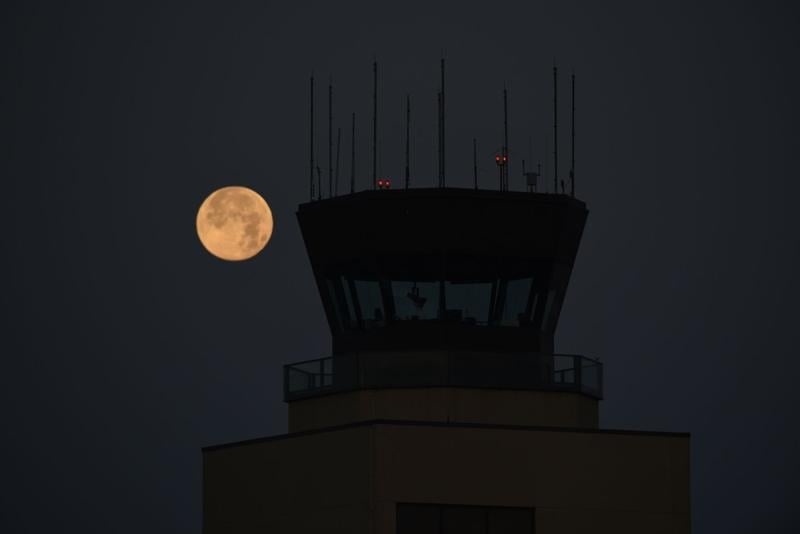Safety, staffing and cost concerns were among the top issues discussed during a Appropriations Committee in the U.S. House of Representatives hearing on the Federal Aviation Administration’s modernization and budget plans.
Interim FAA Administrator Christopher Rocheleau was grilled by committee members Wednesday morning on the agency’s $22 billion budget proposal while addressing staffing concerns in critical roles.
Rocheleau underscored the mission of the FAA, to deliver the “safest, most efficient aerospace system in the world.”
“To fulfill this ongoing responsibility, the President’s budget invests in the future of the National Airspace System by requesting $22 billion in the 2026 fiscal year,” the administrator told the committee members. “When coupled with $5 billion in previously enacted advance annual appropriations, this $27 billion commitment will enable the FAA to fund critical investments needed to keep pace with the industry and enhance the safety and efficiency of our national airspace system.”
Despite the hefty price tag, which Rep. Harold Rogers, R-Ky., noted of concern, Rocheleau admitted to committee members that supplemental funding may be needed in the future as part of the modernization plans. He hopes implementation happens in three to five years.
Several Democratic members of the committee pressed the administrator on reports that the FAA, specifically air traffic controllers and critical support staff, is short-staffed due to Department of Government Efficiency cuts. Rocheleau quashed concerns, telling members that no air traffic controllers were eliminated in the cuts and did not qualify for early-out plans offered by DOGE.
He added that the agency was, in fact, offering incentives to keep critical employees, such as air traffic controllers, in their positions longer and continuing to pursue skilled air traffic controllers.
Rocheleau said Transportation Secretary Sean Duffy announced plans in February to increase recruitment of air traffic controllers “by streamlining the hiring steps and increasing the starting salary for Academy trainees” by 30%.
The proposed budget plan would include $97.3 million to “supercharge” the air traffic control workforce, with a goal of training up to 2,500 new air traffic controllers within FY 2026.
As part of the agency upgrades, the Trump administration unveiled plans in May to modernize the air traffic control system. The system has been described as “outdated,” saying it still uses paper and floppy disks. The administration boasts the new system as “state-of-the-art.”
The new plan includes developing six new air traffic control centers for the first time “since the 1960s” and replacing over 600 radars the Transportation Department says are past their life cycle. The FAA also plans to replace the “core infrastructure, ” including “radar, software, hardware and telecommunications networks to manage modern travel.”
In addition, it will increase the number of airports with the Surface Awareness Initiative to 200, which the DOT says will improve runway safety.
Committee members highlighted outage issues, notably those causing significant delays at Newark Liberty International Airport.
The DOT says the new system will “reduce outages, improve efficiency, and reinforce safety.”
“Decades of neglect have left us with an outdated system that is showing its age. Building this new system is an economic and national security necessity, and the time to fix it is now,” said Duffy.






